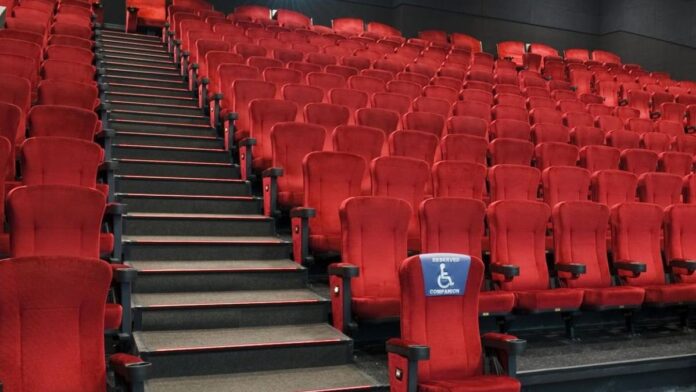
The Supreme Court’s framework focuses on the prevention of stigmatisation and discrimination, recognising their profound impact on the dignity and identity of persons with disabilities.
| Photo Credit: Getty Images/iStockphoto
The story so far: On July 8, while hearing a plea to ban the film Aaankh Micholi for derogatory portrayal of people with disabilities, the Supreme Court in a landmark ruling laid down comprehensive guidelines to prevent stereotyping and discrimination of persons with disabilities (PwDs) in visual media, including films and documentaries.
What is the framework?
The Supreme Court’s framework focuses on the prevention of stigmatisation and discrimination, recognising their profound impact on the dignity and identity of persons with disabilities. Among the guidelines is a call to avoid words that cultivate institutional discrimination, such as “cripple” and “spastic,” as they contribute to negative self-image and perpetuate discriminatory attitudes. A Bench headed by the Chief Justice of India D.Y. Chandrachud said stereotyping differently abled persons in visual media and films must end, asking creators to provide an accurate representation of disabilities rather than mocking them. Language that individualises the impairment and overlooks disabling social barriers, for example, words like “afflicted,” “suffering” and “victim”, should be avoided, it said. The court also asked creators to practice the principle of “nothing about us, without us,” and involve persons with disabilities in the creation and assessment of visual media content.

What are laws which grant disability rights?
The law which comprehensively deals with disability rights is the Rights of Persons with Disabilities (RPwD) Act which came into force from April 19, 2017. It replaced the Persons with Disabilities (Equal Opportunities, Protection of Rights and Full Participation) Act, 1995. The National Trust Act (1999), Rehabilitation Council of India Act (1992), Mental Health Care Act (2017) are the other laws that govern disability rights.
According to Shashank Pandey, a lawyer based out of Delhi and a founder of the Politics and Disability Forum, there are broadly two models under which disability rights are looked at, namely medical and social models. The human rights model, which is a recent one, is an evolution of the social model which says that people with disability are a part of society and have the same rights as everyone else. The Supreme Court’s emphasis on the human rights model is significant as it makes the government and private parties obliged to facilitate full and effective participation of persons with disabilities in society. The advantage is that it places individuals in a sphere where all human rights principles which are applicable to anyone can be claimed by the disabled populace. The disadvantage is that it is an abstract idea and difficult to implement, says Mr. Pandey. The framework is also limited, as it is only for visual media, he adds, pointing out that the guidelines could have been sent by the SC to all departments for sensitisation.
V. Muralidharan of the National Platform for the Rights of the Disabled welcomed the ruling, adding that the framework has stressed on the guidelines which were in place in the 2016 legislation. He rues the fact that the law is not being implemented properly. “However, we cannot lose sight of the conditions prevailing in the country. Disabled people are still considered objects of charity. Even the government’s coinage of ‘Divyang’ looks at disability through the lens of charity. It is regressive and reinforces a patronising mindset. Also, the usage of words like ‘pappu’ and ‘balak budhi’ by the ruling party to paint its opponents in a poor light only shows how big the battle is,” he points out.
What about creative freedom?
Cinematic expression doesn’t have absolute power when it operates in the context of marginalised communities. It has to be looked at from the overall context of the expression and intent behind the expression. The Supreme Court said “the creative freedom of the filmmaker cannot include the freedom to lampoon, stereotype, misrepresent or disparage those already marginalised”. In determining these aspects, the “intention” and “overall message” of the film have to be considered.
What is the way forward?
The court emphasised on collaboration with disability advocacy groups to gain invaluable insights and guidance on respectful and accurate portrayals, ensuring the content aligns with the lived experiences of persons with disabilities. It has also said that implementing training programmes for writers, directors, producers, and actors to emphasise the impact of portrayals on public perceptions and the lived experiences of persons with disabilities is a necessity.
#Supreme #Court #ruling #portrayal #disability #films #Explained
